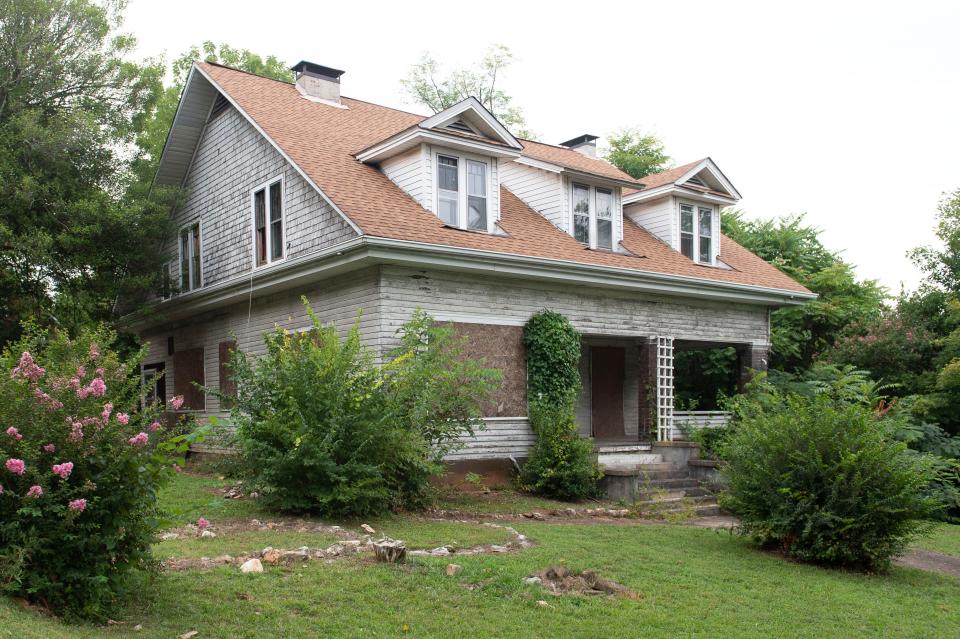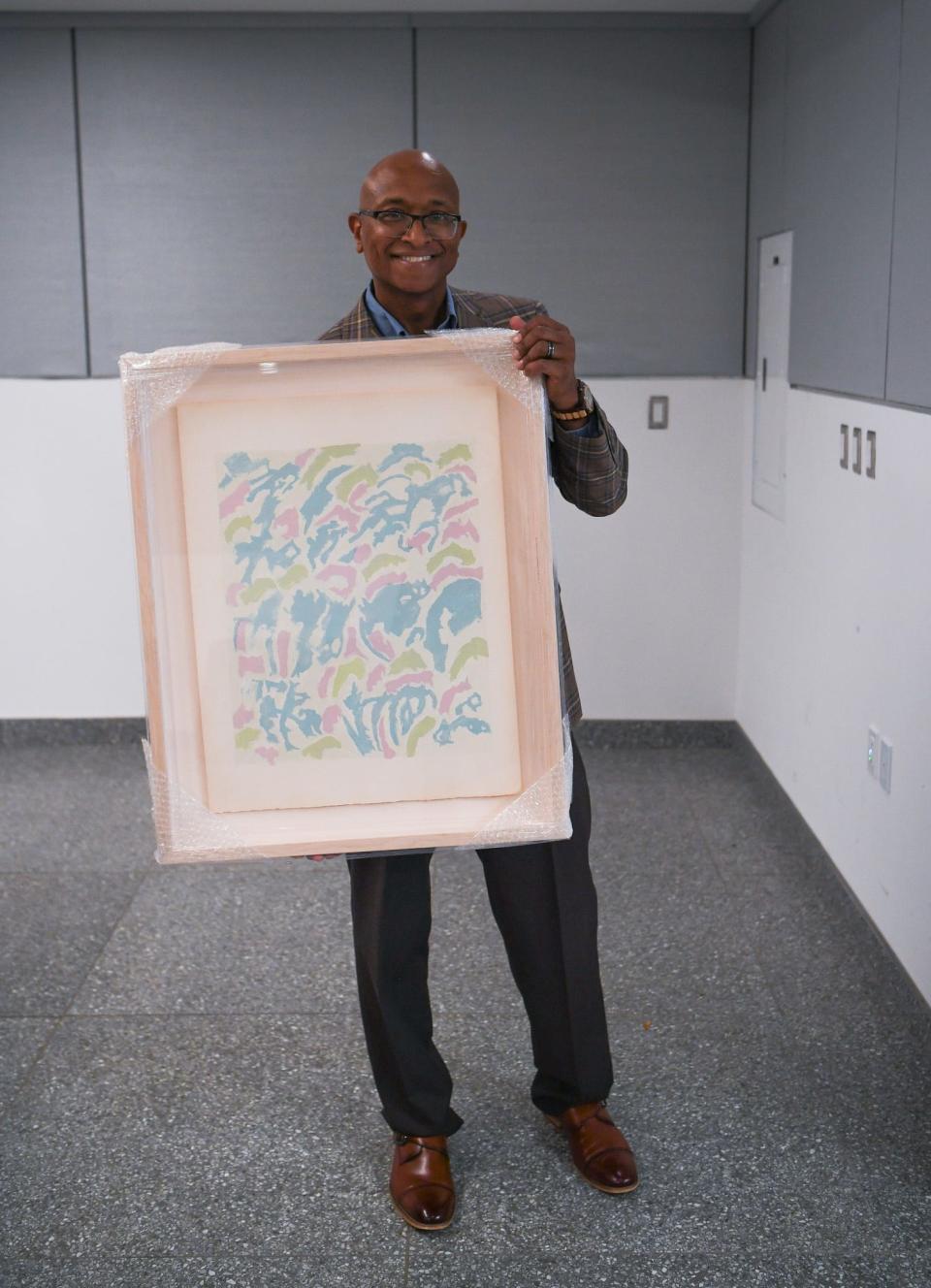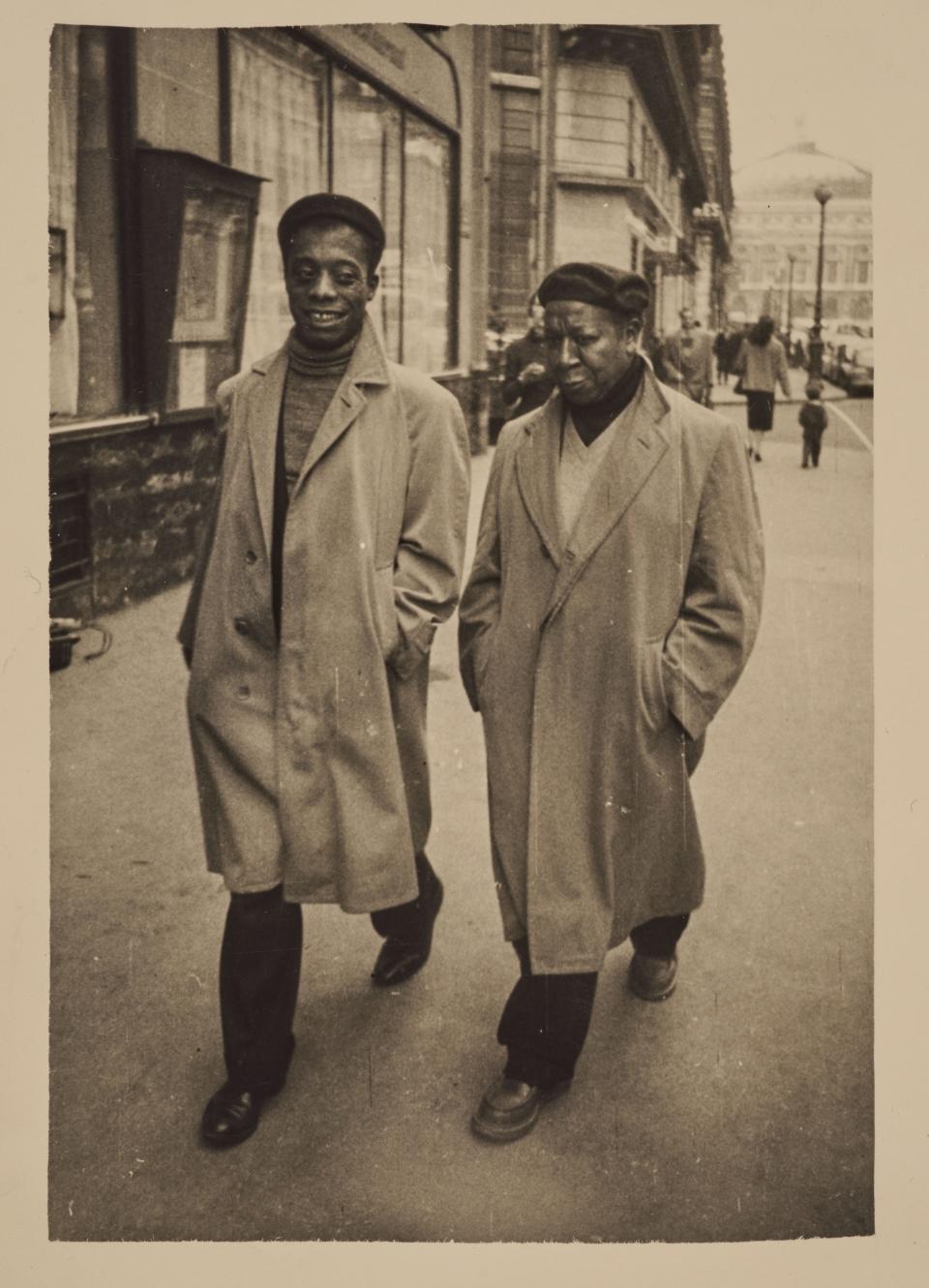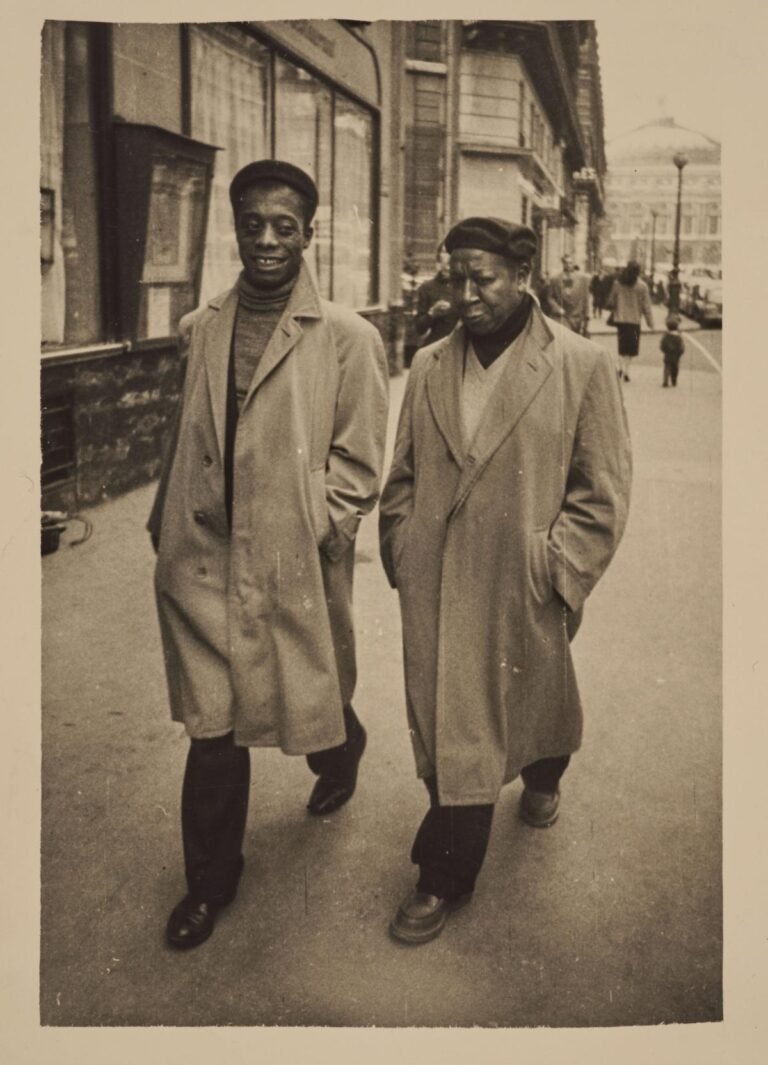The prolific artist Beauford Delaney is known for his modernist paintings ranging from portraits of Black luminaries to vibrant abstract creations.
He worked in New York City, and later Paris. He was close friends with Henry Miller and James Baldwin. He captured the faces of W. E. B. Du Bois and Duke Ellington.
Although the depth and breadth of his artistic prowess wasn’t acknowledged during his lifetime, Delaney’s success is widely recognized today, and that success began in Knoxville. In more recent years, Knoxville has embraced the artist’s East Tennessee roots even more.
In December 2017, the Knoxville Museum of Art finalized its purchase of 12 additional Delaney artworks, cementing the museum’s status as owner of the largest public collection of Beauford Delaney art. In 2020, the East Tennessee Historical Society and Museum of East Tennessee History featured an exhibit called “Black & White: Knoxville in the Jim Crow Era” that shared the stories of Black artists, including Beauford Delaney and his brother Joseph Delaney, also a prominent artist. The Beck Cultural Exchange Center expects to open its Delaney Museum at Beck later this year.
Delaney’s life in Knoxville
Delaney was born in 1901 and grew up in a house at 815 E. Vine Ave., where he was raised by his parents, Methodist preacher Samuel Delaney and Delia Delaney. The house is no longer there, a consequence of urban removal, but Beauford Delaney’s older brother Samuel Emery Delaney’s home remains on Dandridge Avenue and is the site of the future Delaney Museum.
Beauford Delaney attended Austin High School, by which time his artistic abilities were already developing. One of his first portraits was of Austin’s principal Charles Cansler, according to a Knoxville Mercury article by Knoxville History Project founding director Jack Neely.
During this time, Delaney met Knoxville artist Lloyd Branson, who encouraged him to pursue his art, according to a 1932 Knoxville News Sentinel article. Branson, Cansler and another Knoxville artist, Hugh Tyler (uncle of James Agee), helped collect funds to finance Delaney’s education in the arts.
Branson gave Delaney lessons before suggesting Delaney go to Boston to continue his training, the News Sentinel reported in 1978.
Generative years in Boston, New York City and Paris
In 1924, Delaney moved to Boston, where he took courses at the Massachusetts Normal Art School and the South Boston School of Art, along with evening classes at the Copley Society, although Delaney considered himself predominantly self-instructed, according to the Smithsonian American Art Museum.
In 1929, he left for New York City, where he lived in Harlem, and then Greenwich Village. Delaney held his first solo show in 1930 at the 135th Street branch of the New York Public Library. During this time, he was painting portraits, although by the late 1940s, he was focused on streetscapes and interiors.
Delaney was a fixture of the gay bohemian culture in Greenwich Village during his time in New York, but he wasn’t open about his sexuality, fearing further discrimination on top of what he already experienced as a Black man, according to the National Museum of African American History and Culture.
While in New York, Delaney’s art was exhibited at the Whitney Studio Galleries, a precursor to the Whitney Museum of American Art, the News Sentinel reported in 1932.
“He always was gifted,” his mother Delia Delaney told the News Sentinel in 1938 after Delaney was featured in Life magazine. “He is a mighty fine boy and I am proud of him and Knoxville is proud of him, too.” By 1948, Delaney had risen to prominence within the local art scene, according to the Smithsonian American Art Museum.
In August 1953, Delaney visited Knoxville before embarking on a trip to Paris aboard the S.S. Liberte, the News Sentinel reported that year. He planned to continue studying and painting once in France, and was interested in learning about “the use of color by the great modern French painters,” Delaney told the News Sentinel. “I have been most interested in the modern use of color.”
“I learned about light from Beauford Delaney, the light contained in every thing, in every surface, in every face,” Baldwin wrote for a 1964 exhibition of Delaney’s work at Gallery Lambert. “…Perhaps I am so struck by the light in Beauford’s paintings because he comes from darkness − as I do, as, in fact, we all do.”
Delaney lived and worked on Rue Vercingétorix until his landlord told him she was selling the property, and Delaney had to move, according to a 1976 News Sentinel article. The artist disappeared after vacating. By 1975, Delaney was in Saint Anne’s Hospital in Paris receiving psychiatric care. When Baldwin, then living in the south of France, heard the news, he worked to be appointed as Delaney’s legal guardian.
“I wanted to take care of him. He’s sort of my father,” Baldwin was quoted saying in the article.
Delaney died at Saint Anne’s on March 26, 1979, according to the Smithsonian American Art Museum.
Hayden Dunbar is the storyteller reporter. Email hayden.dunbar@knoxnews.com.
Support strong local journalism by subscribing at knoxnews.com/subscribe.

Beauford Delaney

The only remaining ancestral home of artists Beauford and Joseph Delaney. The home is owned and located next to the Beck Cultural Exchange Center and will be renovated to house the Delaney Museum.

Derek Spratley, the administrator of Beauford Delaney’s Estate, holds one of Beauford’s pieces during an event honoring the legacy of Beauford and Joseph Delaney at the Knoxville Museum of Art on Thursday, October 19, 2023.

James Baldwin and Beauford Delaney, Paris, circa 1960. E

Photo of the Delaney Family, 1909 Top, left to right: Samuel Emery, John Samuel, Delia Bottom, left to right: Joseph, Ogust Mae, Beauford, Naomi

The Knoxville News-Sentinel quoted Delia Delaney, the mother of Knoxville-born artist Beauford Delaney, October 1938 after he appeared in Life magazine.

The Knoxville News-Sentinel reported on Aug. 9, 1976, about efforts to have Knoxville-born artist Beaufort Delaney released from an asylum in Paris, France.
This article originally appeared on Knoxville News Sentinel: How Beauford Delaney’s art career began – and lives on – in Knoxville





